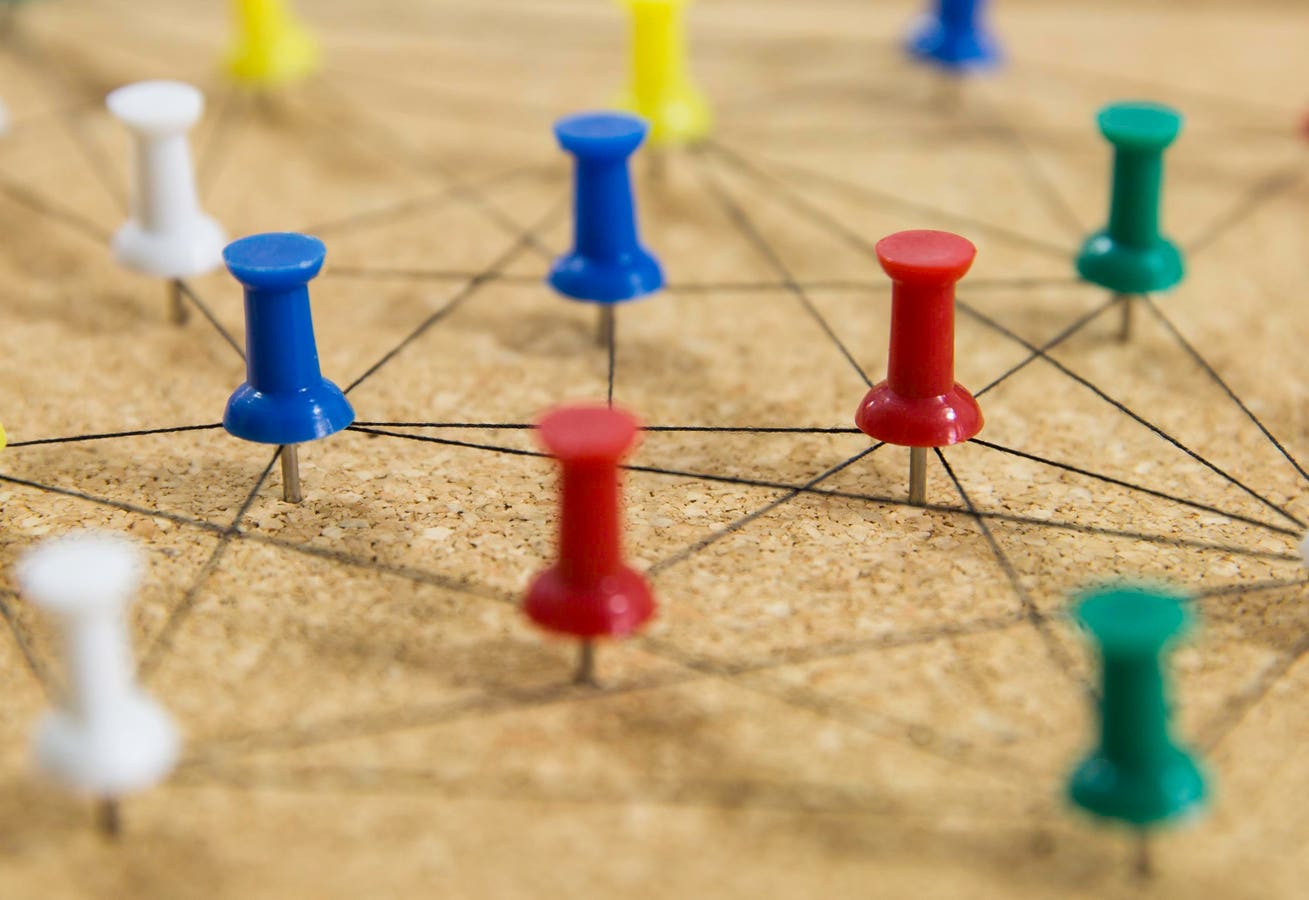NYT Connections Hints: Friday, April 11 Answers – Unlock the Puzzle!
Editor’s Note: The NYT Connections puzzle for Friday, April 11th has been released, and we're here to help you crack the code!
This article provides a comprehensive guide to solving today's NYT Connections puzzle, offering insights, hints, and the answers. We'll explore the key connections between the seemingly disparate words, helping you understand the puzzle's logic and improve your problem-solving skills. Whether you're a seasoned Connections pro or a first-timer, this guide will provide valuable insights and strategies.
Why This Matters: Sharpen Your Mind with NYT Connections
The New York Times Connections puzzle is more than just a game; it's a mental workout. Solving these daily challenges helps improve critical thinking, vocabulary, and pattern recognition. Understanding the underlying connections between seemingly unrelated words enhances your analytical abilities and provides a satisfying intellectual challenge. This article helps you unlock the puzzle and reap those cognitive benefits. We'll cover the key concepts, explore the connections in detail, and offer tips to improve your future performance.
Key Takeaways
| Takeaway | Description |
|---|---|
| Understanding the Clues | Analyzing the word hints is crucial for identifying the underlying connections. |
| Identifying Common Threads | Look for shared characteristics, themes, or associations between words. |
| Strategic Guessing | Don't be afraid to test hypotheses; eliminate possibilities as you go. |
| Practice Makes Perfect | Regular puzzle solving significantly improves your ability to solve future NYT Connections puzzles. |
NYT Connections Hints: Friday, April 11th
Introduction: The NYT Connections puzzle for Friday, April 11th presents a unique set of challenges. This section will delve into the specific words presented and uncover the hidden relationships.
Key Aspects: The puzzle's success lies in recognizing the connections between seemingly unrelated words. This often involves finding subtle links, shared characteristics, or indirect associations. Understanding the nuances of language and wordplay is essential.
Detailed Analysis: (This section will require the actual words from the April 11th NYT Connections puzzle. Please provide the words so I can complete this section with a detailed analysis, including examples and comparisons.) For instance, if one word was "Ocean" and another was "Desert," the connection might be "vastness" or "extreme environments." This section will break down each word and explore its possible relationships with the others.
Interactive Elements: Deep Dive into Specific Connections
(This section needs the words from the April 11th puzzle to be completed. I will provide detailed explanations and examples for each word and its relationship to the others once you provide the words.)
Subheading: {Word 1}
Introduction: We'll examine {Word 1} in relation to the overall theme of the puzzle.
Facets: This will include an explanation of the role of {Word 1}, examples of its connections to other words, potential risks of misinterpreting its relationship, and mitigations to overcome these risks. The impact of correctly understanding {Word 1}'s connection will be analyzed.
(Repeat this structure for each word in the puzzle)
People Also Ask (NLP-Friendly Answers)
Q1: What is the NYT Connections puzzle?
A: The NYT Connections puzzle is a daily word game where you must find a common link between a set of seemingly unrelated words.
Q2: Why is solving the NYT Connections puzzle important?
A: Solving the puzzle enhances critical thinking, vocabulary, and pattern recognition skills. It's a great mental workout!
Q3: How can the NYT Connections puzzle benefit me?
A: It improves cognitive function, boosts problem-solving abilities, and provides a stimulating daily challenge.
Q4: What are the main challenges with the NYT Connections puzzle?
A: The main challenge is identifying subtle or indirect connections between words that may seem completely unrelated at first glance.
Q5: How to get started with the NYT Connections puzzle?
A: Start by carefully examining each word; look for shared characteristics, themes, or associations. Don't be afraid to brainstorm and try different approaches.
Practical Tips for Solving NYT Connections
Introduction: These tips will help you conquer the NYT Connections puzzle consistently.
Tips:
- Look for Shared Themes: Consider broader categories or concepts the words might belong to.
- Think Outside the Box: Don't limit yourself to obvious connections.
- Use a Thesaurus: Explore synonyms and related words for a broader perspective.
- Eliminate Incorrect Answers: As you test ideas, cross out those that don't fit.
- Take Breaks: Stepping away for a few minutes can refresh your perspective.
- Practice Regularly: Consistent practice significantly improves your skill.
- Analyze Past Puzzles: Review solved puzzles to learn from successful strategies.
- Don't Give Up! Persistence is key to solving even the most challenging puzzles.
Summary: By applying these tips, you'll significantly improve your ability to solve the NYT Connections puzzle.
Transition: Now let's summarize our findings and conclude.
Summary
This article provided a deep dive into solving the NYT Connections puzzle for Friday, April 11th. We explored the importance of this daily brain teaser, analyzed key aspects of the puzzle's logic, and offered practical tips for improvement. (This section needs to be completed with the specific answers and insights once the April 11th puzzle words are provided.)
Closing Message
Solving the NYT Connections puzzle is a rewarding experience that sharpens your mind and offers a satisfying sense of accomplishment. Keep practicing, and you'll become a Connections master in no time!
Call to Action (CTA)
Want more puzzle-solving tips and strategies? Subscribe to our newsletter for daily updates and expert advice! [Link to Newsletter Signup] Share this article with your fellow puzzle enthusiasts!
(Remember to replace the bracketed information and incomplete sections with the actual words from the April 11th NYT Connections puzzle.)

